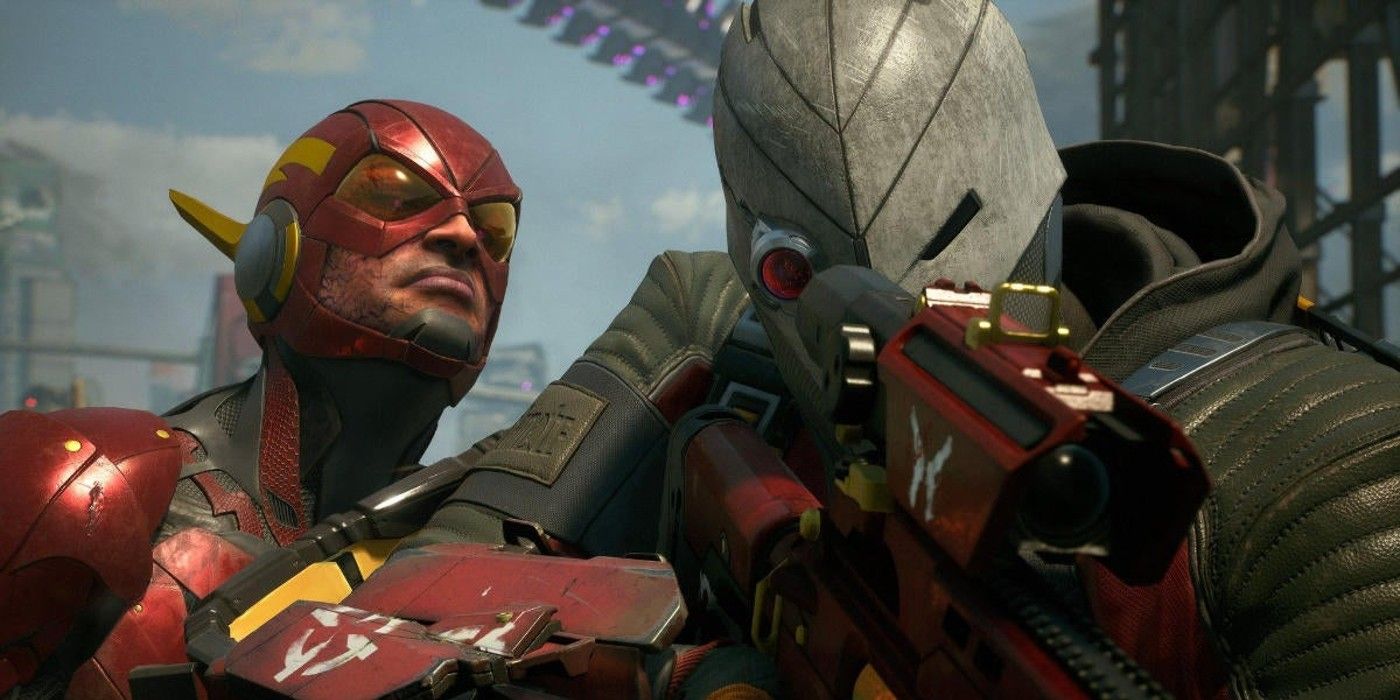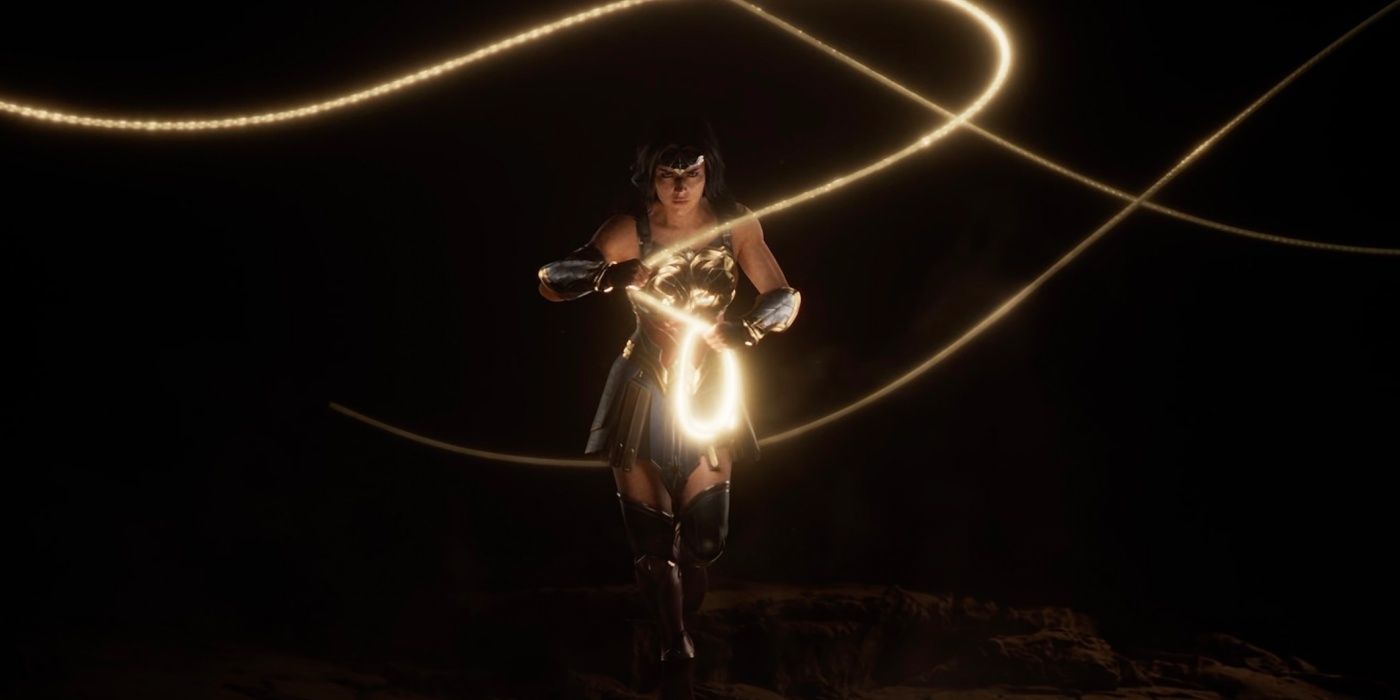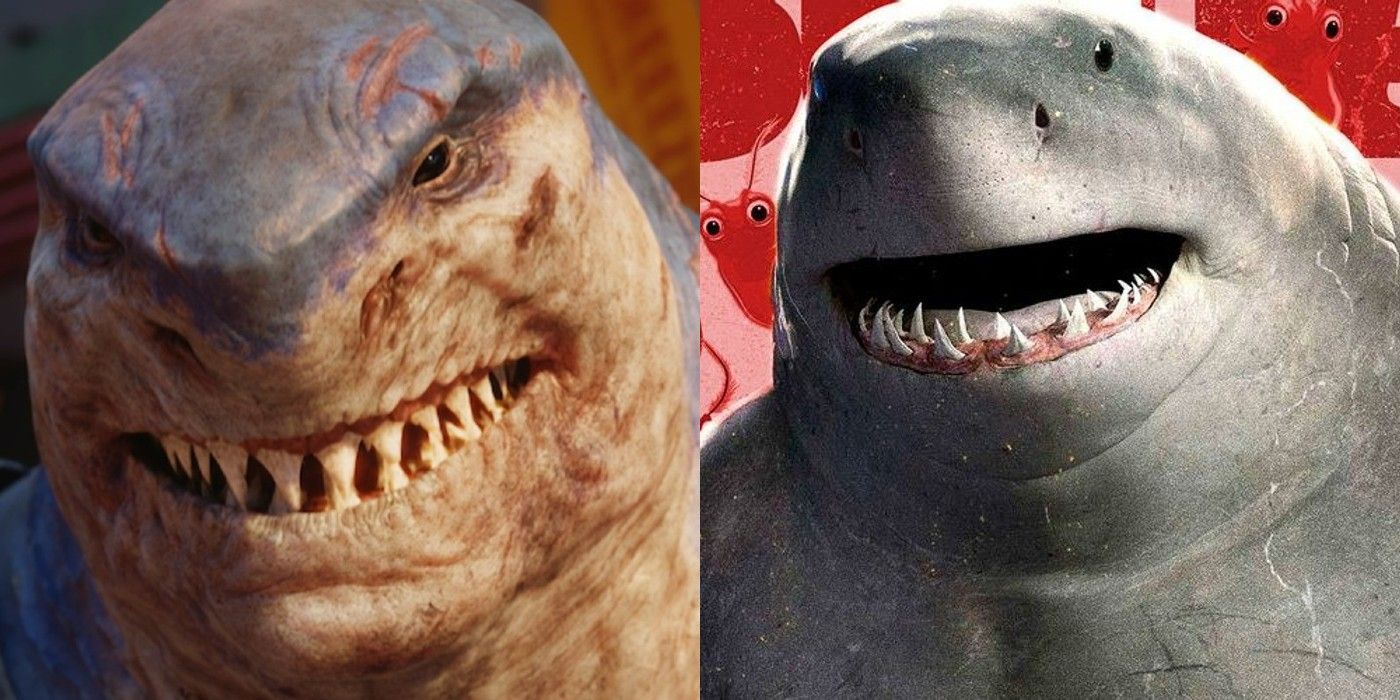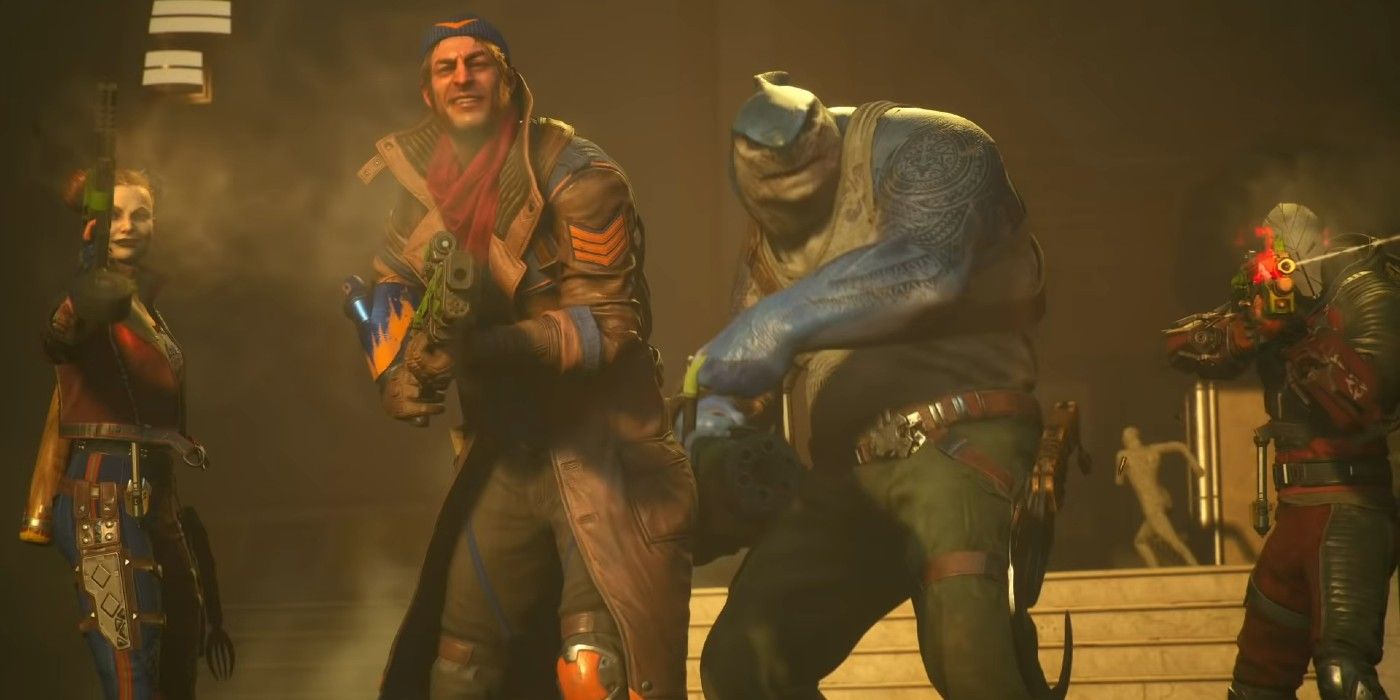When Rocksteady Studio announced the Suicide Squad: Kill the Justice League, some fans experienced surprise at the sudden departure from Gotham City and DC's heroes. Despite the success of the Batman: Arkham series, the sudden focus on villains may work in Rocksteady's favor. Villains play a critical role in comic book games and provide the opportunity for heroes to shine, but the Suicide Squad twists the superhero narrative on its head. Though Amanda Waller treats her task force poorly, her orders come from the government and are claimed to be for the nation's wellbeing. This creates a scenario where supervillains fulfill the role of heroes while constantly threatened with death, making Suicide Squad: Kill the Justice League a perfect choice over a Justice League game.
Suicide Squad: Kill the Justice League takes place in Metropolis during Brainiac's attack on Earth. Players can control Harley Quinn, Deadshot, Captain Boomerang, or King Shark and explore different abilities and playsets. Under the control of Amanda Waller and implanted with cranial bombs, the Suicide Squad must kill members of the Justice League to regain control of the city. While it's unlikely for the team to accomplish their mission and remove the possibility of future superhero games in the universe, the premise is unique for a comic book game. Players can create co-op sessions with parties of up to four friends, but it's unknown whether parties can choose the same villain or not.
While both DC and Marvel have a hefty collection of superheroes with riveting storylines and pulse-pounding action, each franchise tends to neglect their villains, especially in games. While Batman: Arkham allowed players to control characters like Deathstroke in exclusive levels, popular titles like Spider-Man fail to shine the spotlight on their antagonists. Suicide Squad: Kill the Justice League forces villains into a heroic role and encourages further development of the characters during the game's story. While Rocksteady Studios has refrained from releasing many details concerning Kill the Justice League's story, it's likely for each member of Task Force X to experience some character growth during the campaign.
The Justice League Comes With Expectations Suicide Squad Doesn't
Generally, heroes are often more popular than villains in DC, Marvel, Dark Horse, and other high-profile comic book distributors. The Justice League is no exception, with famous, classic heroes like Batman and Superman reigning supreme. Due to this popularity, comic book fans and communities have high expectations for representations of their favorite characters. Though comic characters like Batman can change between continuities, many aspects of the character's backstories, abilities, and personality remain static. Thankfully, Suicide Squad's Harley Quinn, Deadshot, King Shark, and Captain Boomerang aren't as fixated in the spotlight and can escape the high expectations of DC's heroes.
Harley Quinn has changed from Batman: Arkham and other popular forms of media, becoming vastly independent from the Joker's abuse. This growth has allowed Harley Quinn to become a far more interesting character and represented a shift in the paradigm for female characters in comics. While there will always be those who protest changes from the accepted norm - especially in fiction - Harley Quinn's improved mental state in early trailers is just one example of how Suicide Squad: Kill the Justice League can avoid the criticisms of overly loyal fans. Additionally, King Shark's shift to a knowledgeable teammate presents a far more interesting narrative than the usual mindless monster fans are presented with. Kill the Justice League's Deadshot has a calm, collected demeanor combined with Captain Boomerang's crass sarcasm, which creates a comedy duo that vastly improves the team dynamic.
Kill The Justice League Capitalizes On Suicide Squad's Popularity
James Gunn's Suicide Squad redeemed the franchise from the original movie, introducing a level of chaos to the live-action DC cinematic franchise. Though two members of the Suicide Squad: Kill the Justice League's playable characters failed to receive ample screen time, the movie's popularity among DC fans presents an opportunity. Deadshot, Captain Boomerang, Harley Quinn, and King Shark are all represented in the DC cinematic universe, though only the latter three appear in James Gunn's Suicide Squad. The use of these characters (and perhaps others as side characters) presents Rocksteady with a valuable path to capitalize on the movie's popularity and attract buyers outside of the established Batman: Arkham fanbase.
While utilizing The Suicide Squad's popularity presents an exciting opportunity for Suicide Squad: Kill the Justice League's characters, it also offers the chance to explore other unknown villains. One of the most significant selling points for the film included the use of lesser-known characters like Blackguard, TDK, and Javelin. The willingness to kill characters has always attracted readership in Suicide Squad comic books, but the Suicide Squad: Kill the Justice League game can't afford to kill off its playable characters. Instead, introducing popular side characters from The Suicide Squad and the Batman: Arkham games present stakes usually unavailable from hero-based games, where the objective is to save everyone.
Suicide Squad's Roster Explores New Powers
While the powers of Superman, Wonder Woman, and Flash are incredibly well-known, the characters in the Suicide Squad aren't nearly as popular and feature some exciting changes from the comics. Although players can't control the Justice League during the campaign, they can still experience what criminals feel on the receiving end of Superman's flight, laser eyes, super strength, and super speed. Additionally, heroes like Green Lantern, Flash, and Wonder Woman also appeared in the Suicide Squad trailer. In many ways, Kill the Justice League prevents an overused arsenal of superpowers from making the game's mechanics repetitive and uncreative. Speed, strength, and magic are relatively normal superpowers, but the Suicide Squad features limited powers and relies more on their wits, raw talent, and survivability.
Neither Deadshot nor Harley Quinn qualifies as metahumans, but King Shark and Captain Boomerang appear to have some special abilities. Like most comic book characters, Captain Boomerang has several iterations and identities, but Suicide Squad: Kill the Justice League's Captain Boomerang introduces some changes to the character, including imbuing him with super speed. Similarly, Rocksteady gave King Shark more intelligence than the character usually shows in comic books and movies, as the character can wield heavy machinery. Harley Quinn and Deadshot haven't changed much from their Batman: Arkham debuts and depend more on raw skills and talents. As a result, the entirety of Task Force X is severely outmatched against the Justice League, making the oncoming battles an exciting match-up.
Though Suicide Squad: Kill the Justice League has shifted focus away from Batman and Gotham City, Rocksteady Studios has taken a vital opportunity to expand its video game universe. Batman: Arkham Knight brought a satisfying ending to Batman's story, and continuously expanding on the Dark Knight's legacy could risk sullying a beloved franchise. Additionally, by avoiding leaping into a Justice League game without any buildup, Rocksteady avoids leaving out possible buildup to the superhero team. By changing the status quo of superhero games by focusing on the supervillains, Suicide Squad: Kill the Justice League has set itself apart from competitors and the Batman: Arkham series.




